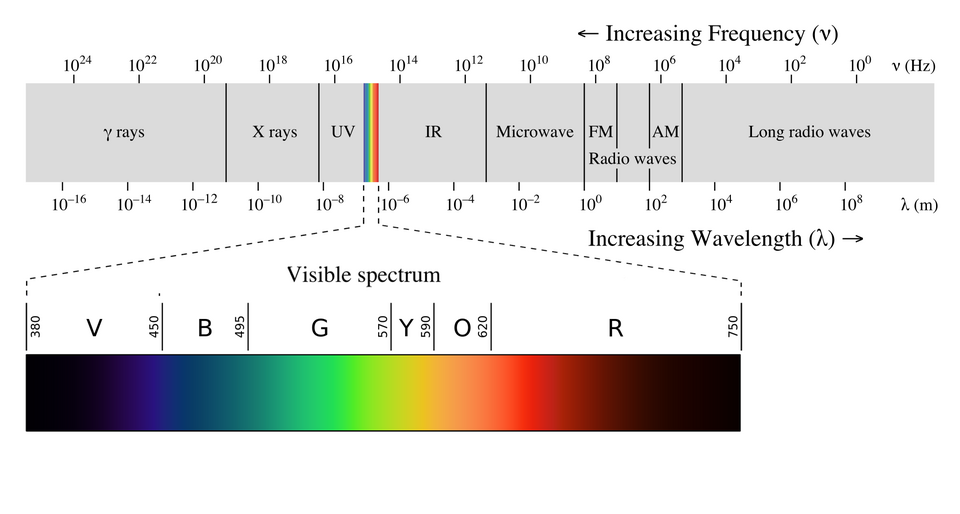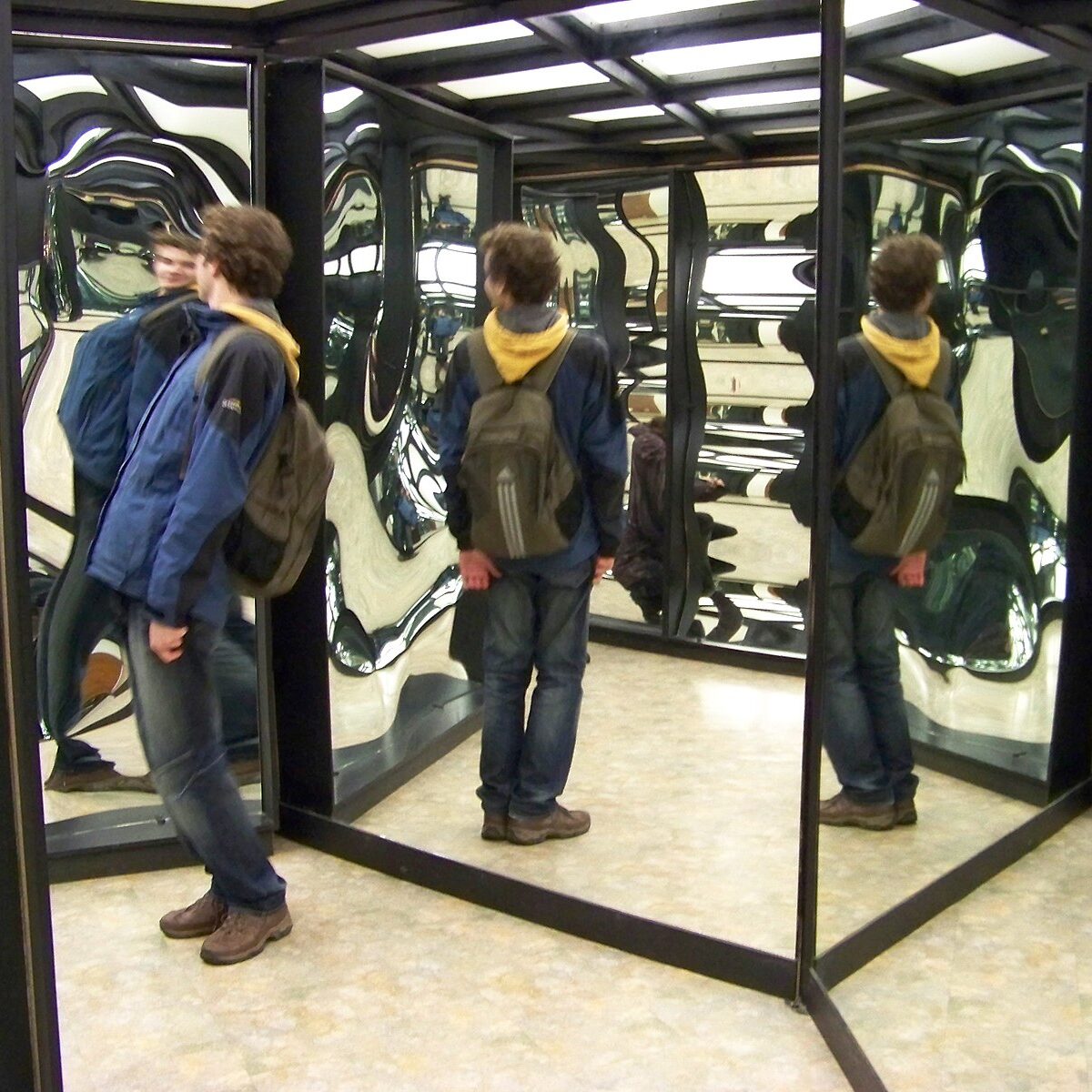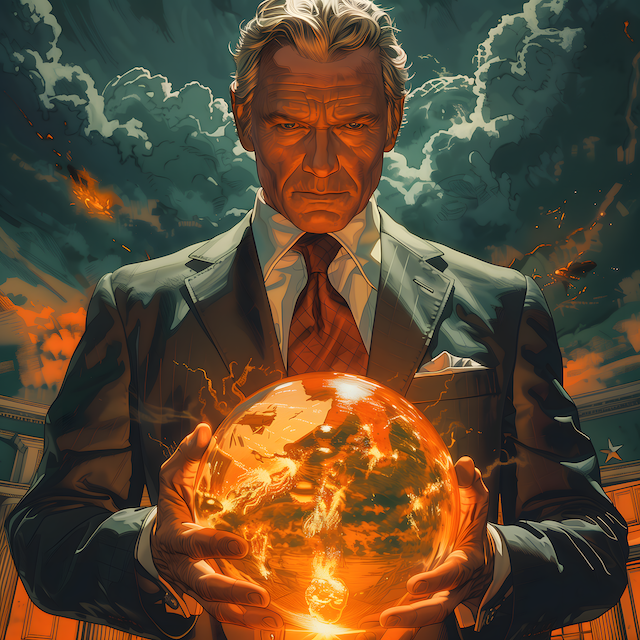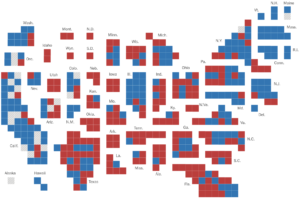
We are accustomed to a left–right political spectrum. But said spectrum is only a tiny corner of the whole space of possibilities, even though practically everyone you know is wedged into it. Similarly, we use the word “light” to implicitly mean the narrow range of radiant energy that’s visible to human eyes, despite its being only a thin sliver of the full electromagnetic spectrum. All modern political schools share and support the context of an aberrant, exploitative modernity, making them real “birds of a feather.”
One window into political leanings is to elucidate an honest assessment of what one cherishes the most. But be careful about taking at face-value what people say they care most about. Sometimes they might even fool themselves. Below is a list whose scope (number of beneficiaries) increases as one moves down, and which might imperfectly map onto political leanings.
- Self/Ego
- Power
- Corporations
- Market economy
- Small businesses
- Families
- Welfare of all people
That’s usually where it stops, in terms of scope. Some might also care for the environment, but only insofar as people have access to clean air, water, food, and don’t suffer health maladies from pollution. The first item on the list doesn’t map cleanly onto left–right (no shortage of self-centered leftists!), but belonged on a list of what people care most about. One form that self-prioritization can take is personal salvation in a religious context.
Megalomaniacs, dictators, oligarchs, and authoritarians populate the top of the scale. Fascists also lean toward that upper end, as do—I would say—many MAGA Republicans in the U.S. Traditional Republicans occupy more of the middle range, while Democrats tilt toward the lower end. Marxists might be said to be all the way down. Yet, the demarcations are not clean, allowing funky mixtures. The overwhelming majority of political parties, for instance, work to support a vibrant market economy.
Ralph Nader ran for president of the U.S. in 2000, far enough to the left of George W. Bush and Al Gore that he characterized the two as “Tweedledum and Tweedledee”—implying a nearly inseparable twinness to the two. From far enough away, that’s what it looks like. A radical leftist or rightist will see all establishment politicians as muddled enablers of a dysfunctional system.
Where do I fall on this spectrum—or am I even on it? I’m going to make you wait for a short bit.
Continue readingViews: 6315



